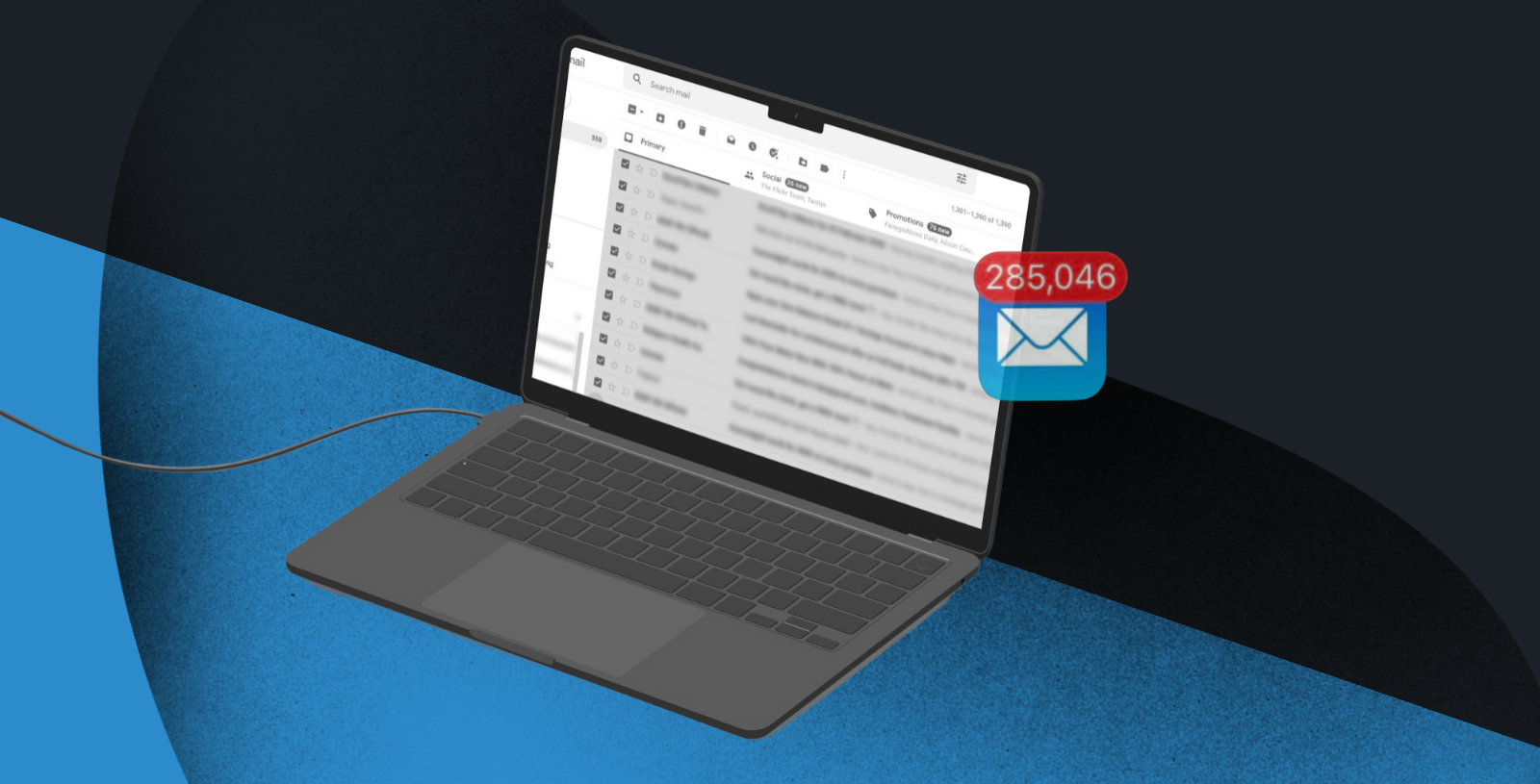Email marketing is a powerful tool, but when does it become too much? Striking the right balance between staying top-of-mind and avoiding inbox fatigue is crucial. If you send too many emails, you risk annoying your audience, leading to unsubscribes or spam complaints. On the other hand, sending too few can result in missed opportunities. So, how many marketing emails is too many? Let’s break it down.
Understanding Email Fatigue
Email fatigue happens when subscribers become overwhelmed or irritated by the frequency of messages from a brand. This can lead to disengagement, decreased open rates, and increased unsubscribes. Several factors contribute to email fatigue, including:
- Excessive frequency
- Lack of personalization
- Low-value or repetitive and duplicated content
- Overly long and poorly organized emails
Finding the Right Frequency
The optimal number of emails varies by industry, audience, and campaign type. However, general benchmarks suggest:
Daily emails: Effective for time-sensitive deals and news, but should be carefully monitored.
Flash-sale brands need to highlight limited-time offers quickly and efficiently. These emails are curated to target specific segments based on previous purchases or browsing behavior.
2-3 times per week: A sweet spot for many brands looking to engage without overwhelming their audience.
Brands in the fashion industry presenting their new arrivals, highlighting influencers wearing their products or reacting to events related to pop culture.
Weekly emails: Ideal for newsletters, educational content, and brand updates.
A coffee brand’s newsletter that shares recent blog posts, compares the features of two espresso machines, and offers maintenance tips.
Monthly emails: Suitable for brands with longer sales cycles or niche content.
Such as subscription box services to showcase their upcoming themes, monthly exclusive offers, and customer reviews. They want to build anticipation while keeping subscribers engaged.
How to Determine the Right Frequency for Your Audience
Instead of following a one-size-fits-all approach, consider these strategies:
1. Monitor Engagement Metrics
Track open rates, click-through rates, and unsubscribe rates to gauge how your audience responds to different email frequencies. A sudden or gradual drop in engagement may indicate that you’re sending too many emails.
2. Segment Your Audience
Different segments of your audience may have different preferences. Your most enthusiastic customers may enjoy frequent updates, while others prefer occasional touchpoints. Use dynamic email segmentation to tailor frequency based on engagement history and preferences.
3. Give Subscribers Control
Allow subscribers to choose how often they want to receive emails or what type of communication they prefer. Providing options such as “daily, weekly, or monthly” for frequency or offering choices like “only major announcements, promotions only, new products, or tips and trends” for content can improve engagement and reduce unsubscribes.
4. Focus on Quality Over Quantity
Instead of bombarding inboxes, focus on delivering value. Ensure each email has a clear purpose, engaging content, and a compelling call to action. Think first about offering content that is interesting and beneficial to your customers, not content that is primarily beneficial to you as a business.
Signs You’re Sending Too Many Emails
Here are some red flags indicating that you might be overloading your audience:
- A spike in unsubscribe rates
- Increased spam complaints
- Decreasing open and click-through rates
- Negative feedback from customers
The right number of marketing emails depends on your audience, industry, and goals. The key is to find what resonates most with your audience. Testing different frequencies, monitoring engagement, and giving subscribers control over their preferences will help you find the perfect balance.
Remember, email marketing should build relationships, not drive people away. By prioritizing quality content and respecting inbox boundaries, you can maintain a healthy and engaged subscriber base.
Read it first:
Get new articles delivered to your inbox
ABOUT THE AUTHOR
Audrey-Maude Latvaitis
Audrey-Maude is email marketing supervisor at Bloom.




Share this: